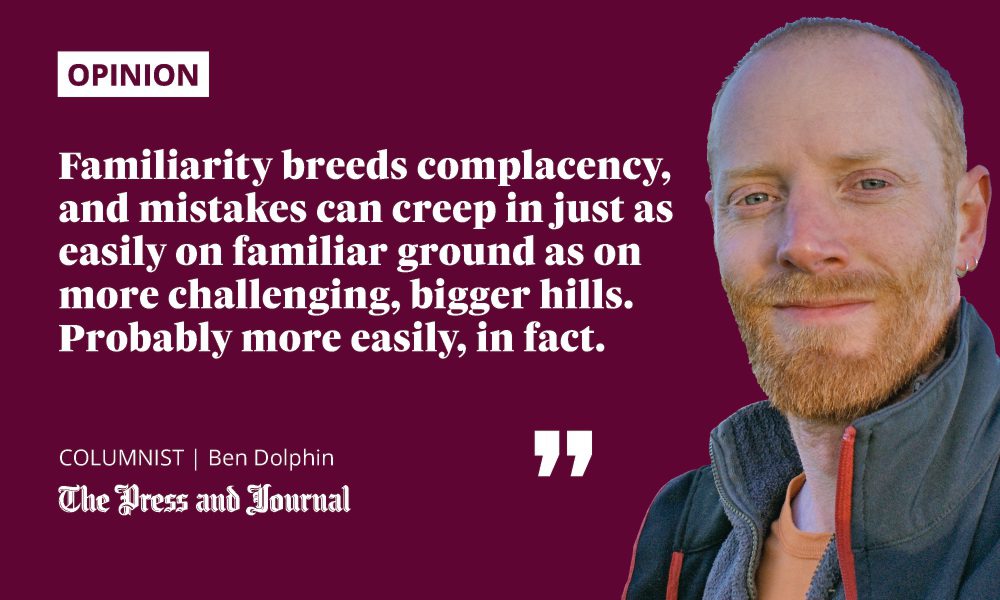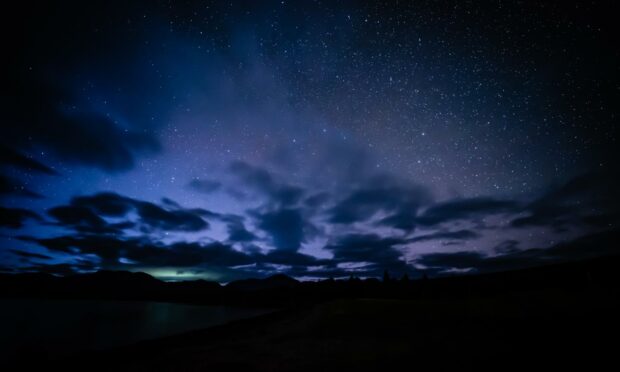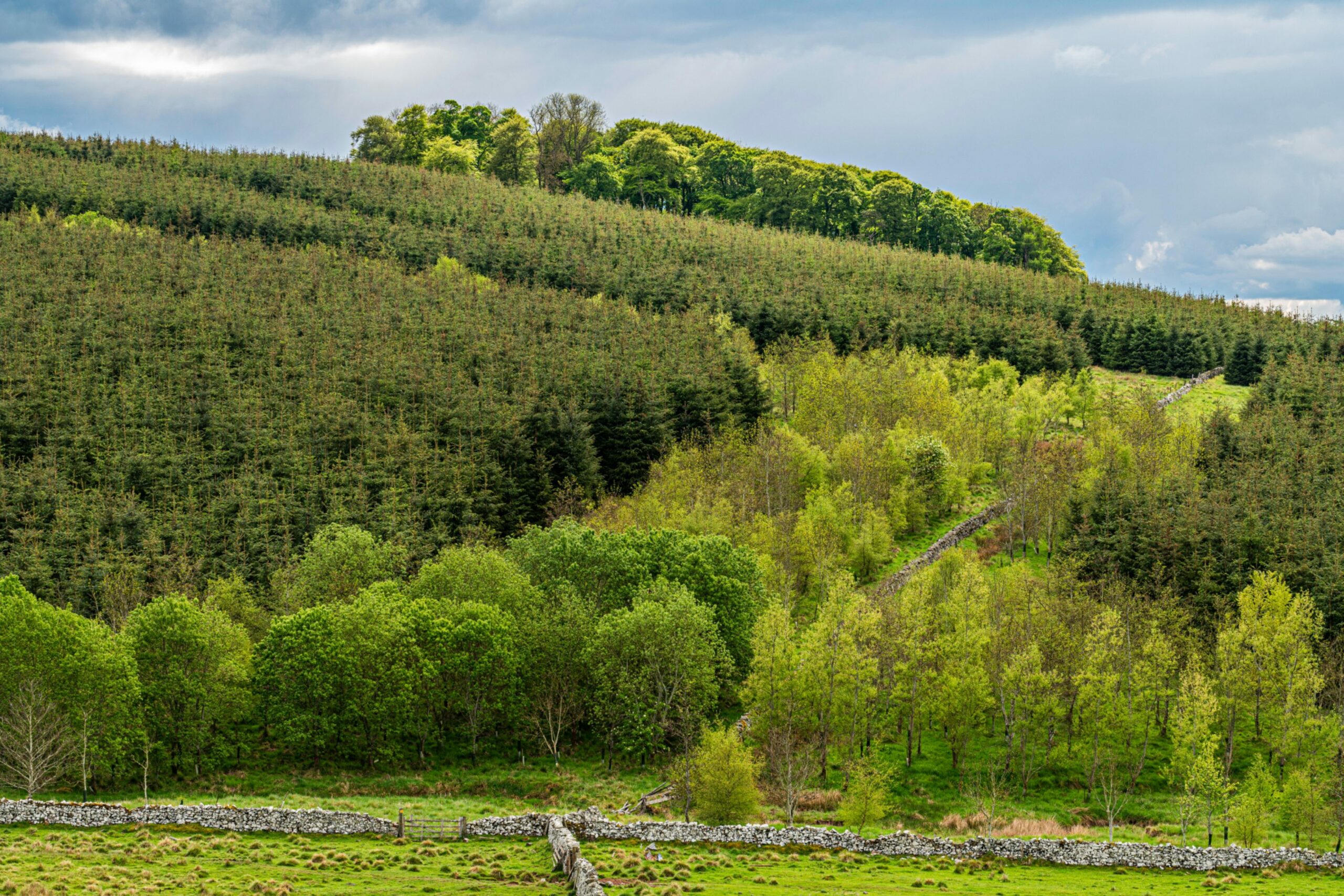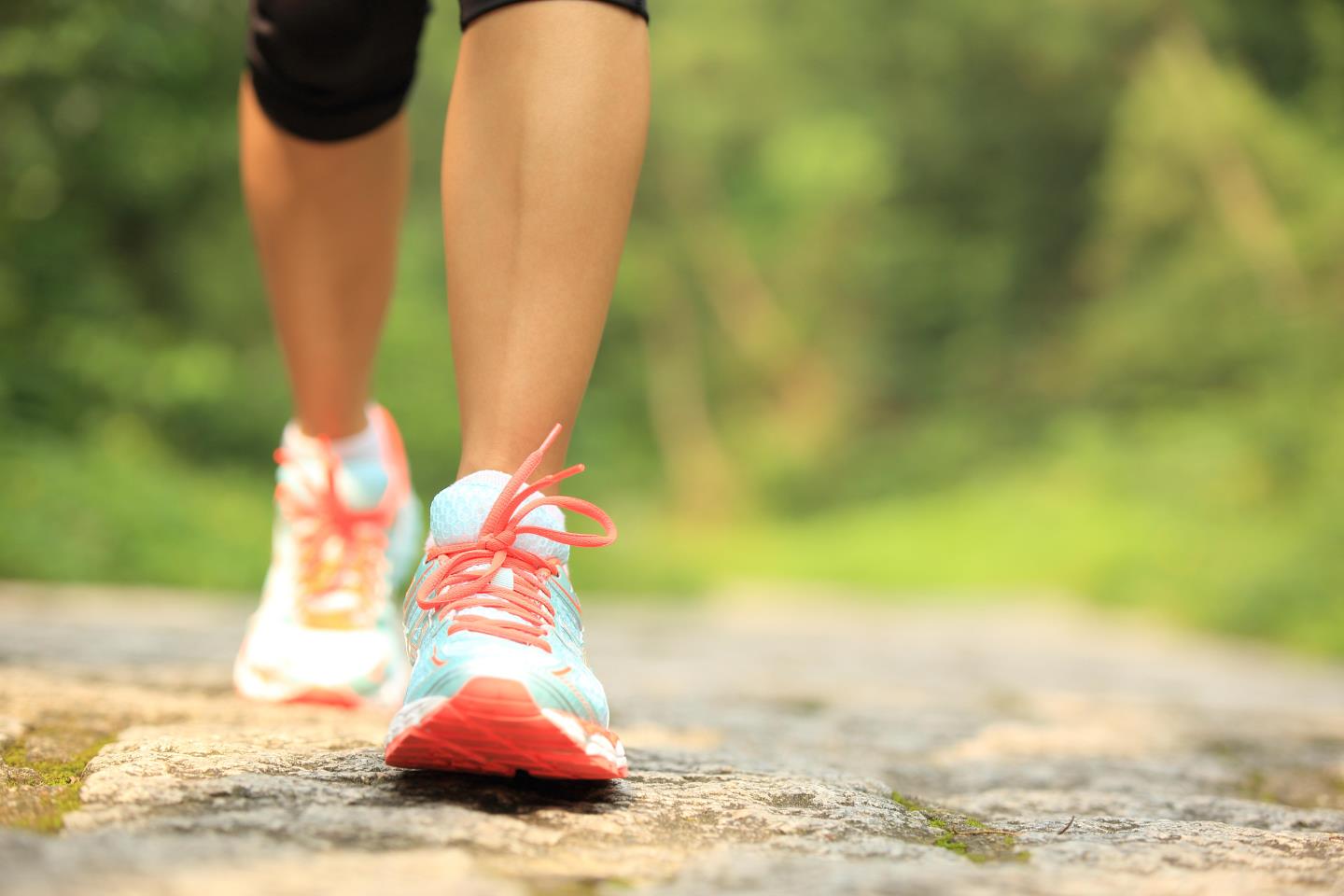I was originally going to start this month’s column by saying that two things are certain as autumn browns its way into our lives – it gets colder, and it gets darker.
But then I remembered that the former is no longer a given, so I’m starting with a nod to COP26 by instead saying that one thing is certain as autumn browns its way into our lives. It gets darker.

Little by little, between mid-June and mid-December, the nights get longer. At first, the change is subtle. In early July, our daylight allowance decreases by just two minutes per day, but as the earth makes its way around the sun and more of the northern hemisphere tilts away from its light source, the rate of loss accelerates. By the time we reach October, we’re losing almost five minutes of daylight per day.
That might not sound like much, but if you were out in the hills at the start of October and haven’t been able to get out again until this coming Saturday, you’ll find that your usable daylight is now a whopping two hours and 20 minutes shorter than it was on your last walk. Throw in this weekend’s sudden, brutal overnight clock change and it all comes as a bit of a shock.
Course, the darkening happens every year and we should all know to expect it, but every year it catches folk out. Why? Complacency, I guess, and I’m as guilty of that as anyone.
When light walking turns dark
In last autumn’s lockdown, I was heading down a wee hill, having watched the sunset from its modest summit. A bright moon was rising and the sky was still a light pinky-purple, so it felt perfectly safe to walk freely off the hill and follow the 2.5 kilometre forest road back to the car. It wouldn’t even take 35 minutes. Plenty of light for walking, I thought.
And, indeed, there was, until the path nipped down a firebreak in a spruce plantation. It pains me to say, but I hadn’t appreciated how dark it would be in there, which is stupid because I know full well that those plantations can suck light from even a sunny day.
I edged forwards into the firebreak. If I looked up I could see the pink-purple sky above. It was still light up there, such that the black outline of the treetops was clearly silhouetted. But, when I lowered my vision to eye level or below, it was just inky blackness. It was hugely frustrating because I knew the forest section was just a couple of hundred metres long, but I genuinely couldn’t see a thing.
On this particular day, my rucksack wasn’t on my back. It was at home, because this was just a quick jaunt
Fortunately, I did have a phone with me, although when I say “phone” I do, of course, mean “antique-style Nokia that has a torch, Snake and… nope, that’s all”. Calling its torch a torch would also be a stretch, as it’s about as effective as those lights you used to get on keyrings in the 1980s.
No, I didn’t have a proper, powerful LED headtorch with me. Not because I hadn’t packed one into my rucksack, mind. I had packed one. Indeed, a headtorch lives in my rucksack all year round (along with a backup in winter). But, on this particular day, my rucksack wasn’t on my back. It was at home, because this was just a quick jaunt up and down a wee hill to see the sunset.
Familiarity breeds complacency
I’d brought my water bottle, camera and phone, and that was it. I didn’t need to bring anything else. This was just a local lockdown hill for local lockdown people, familiar and safe.
But familiarity breeds complacency, and mistakes can creep in just as easily on familiar ground as on more challenging, bigger hills. Probably more easily, in fact.
Cast in feeble 1980s torchlight, the muddy firebreak was challenging. I knew I’d be OK, so long as I took it slow, but it was still one of those slap-in-the-face moments where you’re rudely reminded just how quickly the mundane can become rather more serious.
This time of year, the darkness not so much creeps up behind you as you walk, rather it silently jogs past while you’re admiring the summit view and then waves at you from the bottom of the hill.
Yep, it might be at its darkest in the depths of winter but it’s now, when the daylight is lost most readily, that it is most likely to trip us up. Quite literally in fact, if we head out unprepared.
Ben Dolphin is an outdoors enthusiast, countryside ranger and former president of Ramblers Scotland


